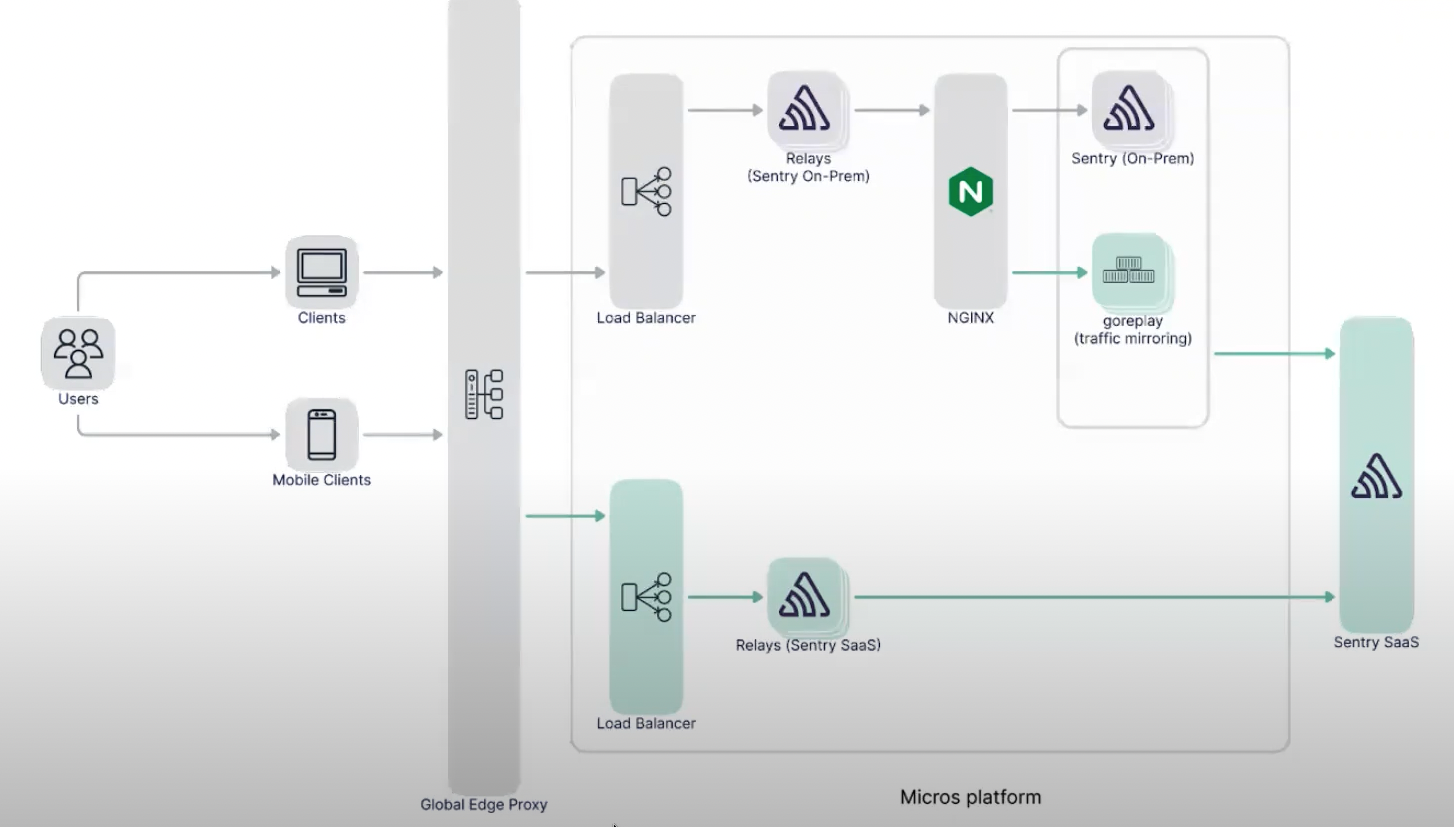How Atlassian Saves up to 4,160 Engineering Hours with Sentry

"We migrated to Sentry SaaS in under 5 days with just 3 engineers. Now we can focus our efforts on building best in class team collaboration software instead of wasting time maintaining on-prem software.”

Engineering hours saved annually
faster than avg. SaaS migration
Headquartered in Sydney, Atlassian is a global collaboration and productivity software company with a team of more than 8,000 building next-gen software for more than 225,000 customers worldwide, including 80% of the Fortune 500.
"We had the equivalent of two full time engineers maintaining an older version of Sentry. It was less than ideal because if anything broke, we were left to fix it by ourselves. At our scale, running our own instance of Sentry didn't make sense anymore. We migrated to Sentry SaaS in under 5 days with just 3 engineers. Now we can focus our efforts on building best in class team collaboration software instead of wasting time maintaining on-prem software."
David Angot, Engineering Manager
Maintaining infrastructure = less time building products for customers
Initially, Atlassian was running on a deprecated version of self-hosted Sentry. With millions of monthly active users across their product suite, they relied heavily on the real-time telemetry they got from their self-hosted instance.
While it took the equivalent of two full-time engineers to maintain their out-of-date instance, they were also cognizant of potential vulnerabilities in the code and how every change introduced the possibility of regressions.
"Vulnerabilities were identified at a high enough rate that we spent a fairly significant amount of engineering effort resolving them. This is time we could’ve spent building features for our users."
Santosh Bala, Senior Engineer
Additionally, the overhead of maintaining Sentry at scale meant that engineers were maintaining and over-provisioning infrastructure instead of building products for their customers.
Finding the right – SaaS – solution
Atlassian’s observability team supports more than 200 other teams – and growing – within the organization. These teams collectively maintain over 280 applications written in JavaScript, Java, Python, Go and Rust. With this growing complexity, it’s inevitable that time and resources spent maintaining and running on-premises software to support it would too. The team knew they needed a SaaS solution that could negate the operational burden of infrastructure sprawl and scale as alongside them.
"There is a non-trivial amount of operational burden on the Observability Data Lakes and Collections teams to maintain all this infrastructure. Moving to the Sentry SaaS platform reduces this operational overhead significantly."
Santosh Bala, Senior Engineer
Having already seen what they could do with Sentry, Atlassian knew they needed a customizable solution with real-time insights into release health and context into the events that led up to an error, they set out with three non-negotiable conditions for a migration:
Migrating to Sentry SaaS 12 x faster than predicted
Having gone through their fair share of migrations in the past, the team planned for around three months.
To their surprise, with just three engineers working on the project they completed – and met the conditions for – their migration for the Jira Software team in just a week… 12 times faster than any other project of this scale and without impacting developer experience.

Atlassian’s Migration Process
"We got it done in five or six days with one more sprint to migrate everyone from on prem. Sentry’s support made it all possible - I’ve never once had such a smooth transition,” said Santosh, adding that “for end-user engineers, the migration path was really sweet."
Saving up to 4,160 engineering hours annually
Atlassian used to rely on their Observability team to maintain their self-hosted Sentry instance. Since migrating to Sentry SaaS, the Observability team has saved the equivalent of up to two engineers’ time over a year. To them, this means spending that saved time building and improving products for their customers.
Since migrating, they've seen a reduction in operational overhead and how much faster their engineering teams can scale. While they’ve had to spend significant engineering effort to ensure they maintain the reliability of every other tool they use, Sentry, in their own words “just works.”
If you’d like to learn more about how Atlassian uses Sentry, and their migration process, check out our full conversation with Santosh here.
Fix It
Get started with the only application monitoring platform that empowers developers to fix application problems without compromising on velocity.